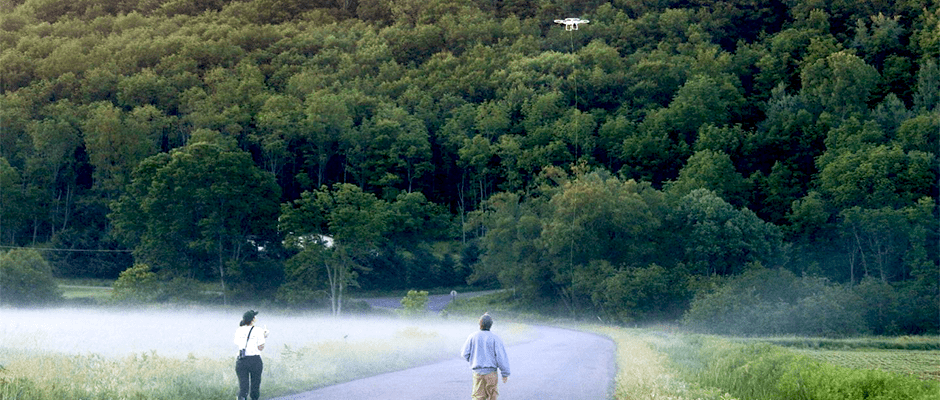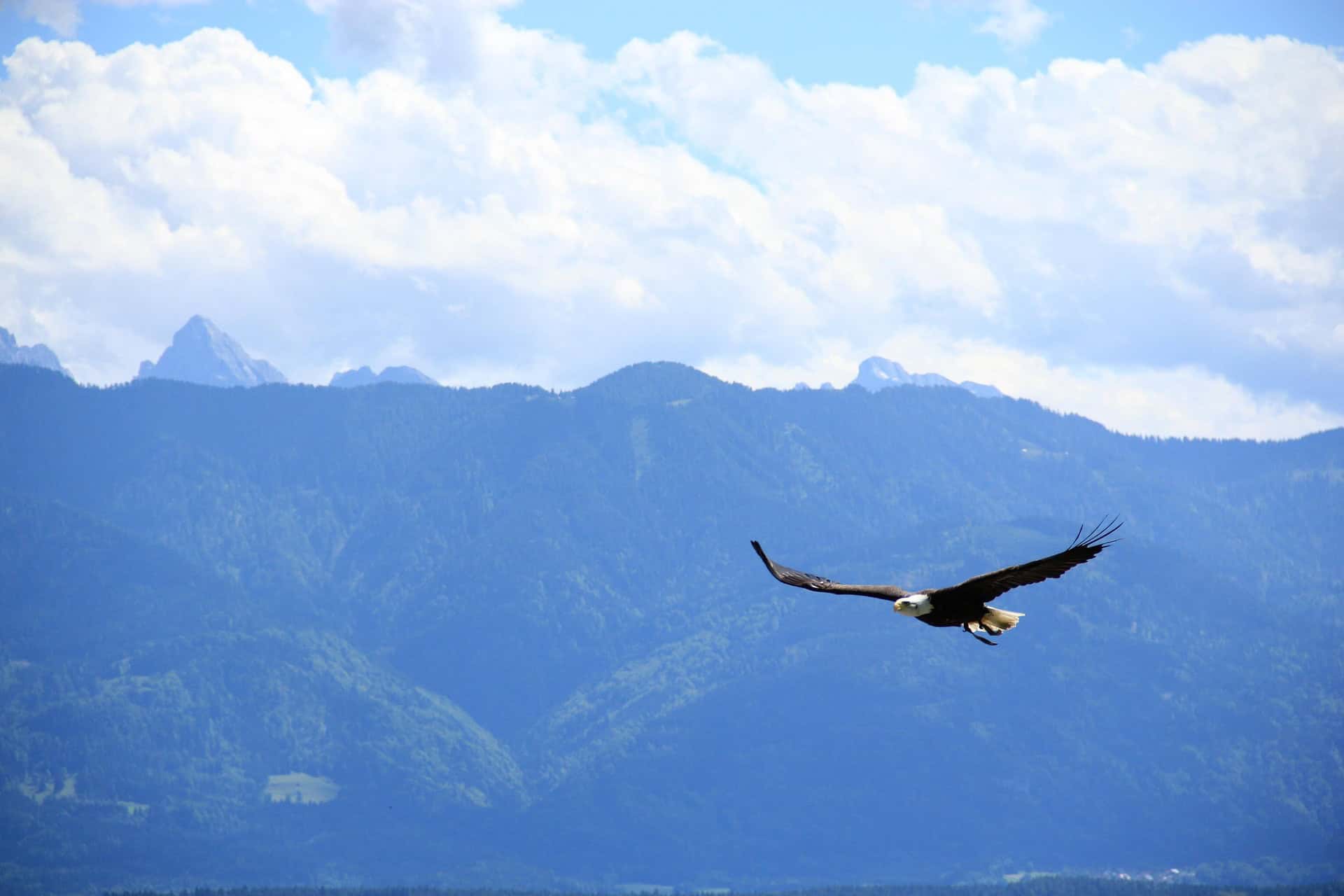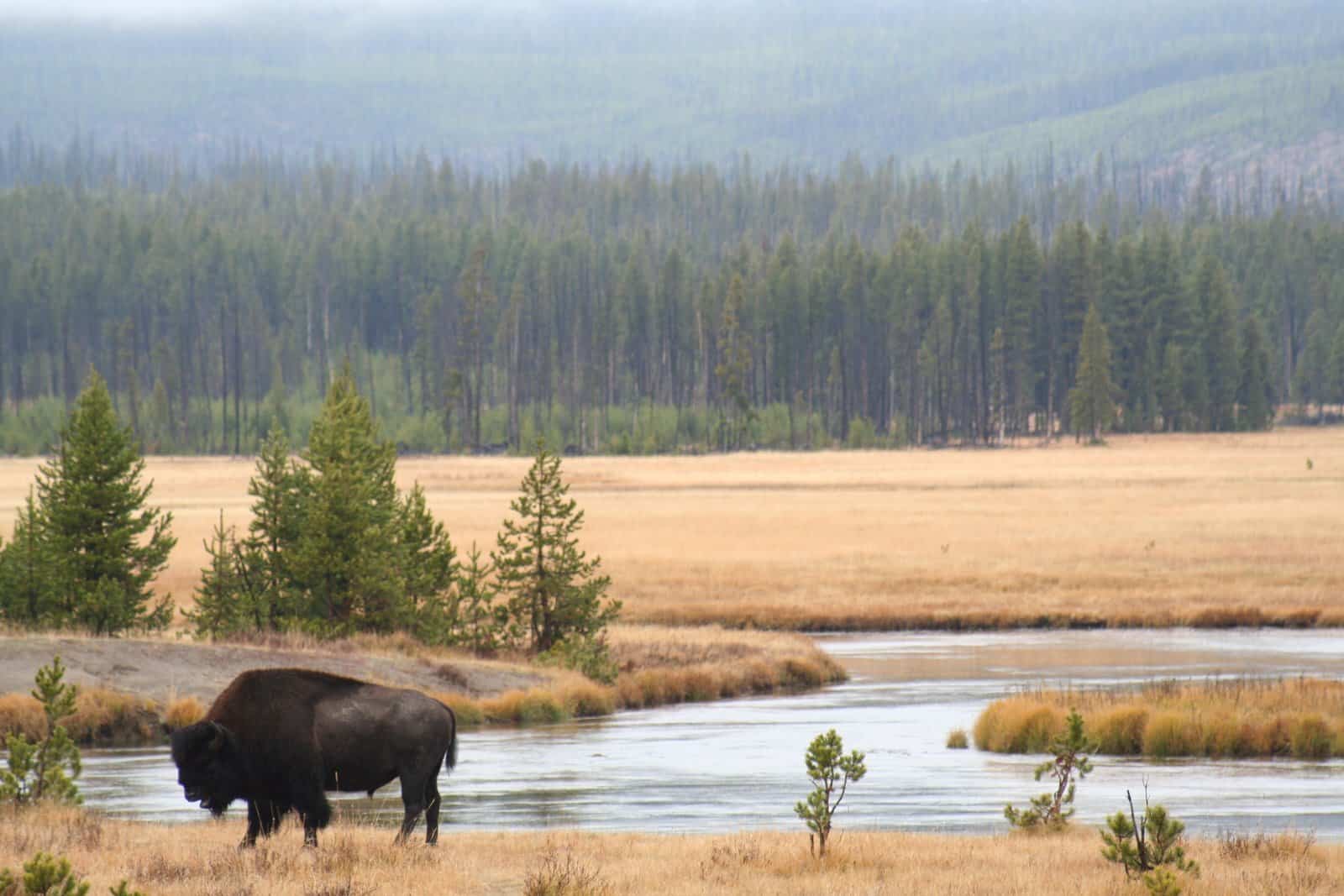Share this article
Drones successfully capture bird sounds
Recording bird sounds by drone might be a good way to survey birds in hard-to-reach areas, according to new research.
In a study published in The Auk: Ornithological Advances, researchers tested whether drones with recording devices suspended by fishing line predicted the number of birds on the ground as accurately as traditional ground surveys on Pennsylvania State Game Lands.
“All ecology and wildlife studies with drones used visual aids like cameras — videography and photography,” said Andrew Wilson, the lead author of the study and an assistant professor at Gettysburg College. “No one’s published a study using bioacoustics. We were doing an acoustic survey.”
The team suspended the recording devices eight meters from the drone and flew the drones 50 meters above the ground to capture the sounds of the birds. The drone counts were paired with standard bird counts on the ground the same morning.
“The numbers of detections from the drones were similar to the ones we got on the ground, which was very encouraging,” Wilson said. Species that had similar detections included song sparrows (Melospiza melodia), red-winged black birds (Agelaius phoeniceus), field sparrows (Spizella pusilla), northern cardinals (Cardinalis cardinalis), and others. Other species were more difficult to detect with drones. When detecting the gray catbird (Dumetella carolinensis), the most common bird species in the study area, researchers struggled to determine how many were singing, but on the ground they were better able to see which directions the individual birds were coming from.
Mourning doves (Zenaida macroura) were also difficult to detect because of their low frequency song, Wilson said. “It overlaps with the drone noise,” he said.
The team plans to complete research this summer to determine if the presence of drones disturbs the birds, Wilson said. Past studies have found that as long as drones don’t get too close to wildlife, the birds aren’t likely to be disturbed, but Wilson said he would like to see if bird sounds and behavior changes with drones present.
“There’s a strong possibility that in some instances, drones might cause fewer disturbances than wildlife biologists walking through habitat, so there are possible benefits,” he said.
Wilson suggested that drones could be particularly useful in monitoring birds in difficult places to access, such as swamps and steep slopes. “I think some of the biggest advantages might be in developing countries,” he said, “where there’s relatively little monitoring data and the real problems are accessibility to places like rainforests. There are huge efficiency gains in accessing previously under-surveyed areas.”
Check out this video to learn more about the study.
Header Image: Wildlife biologists practice piloting a drone for monitoring birds. ©Andrew Wilson








